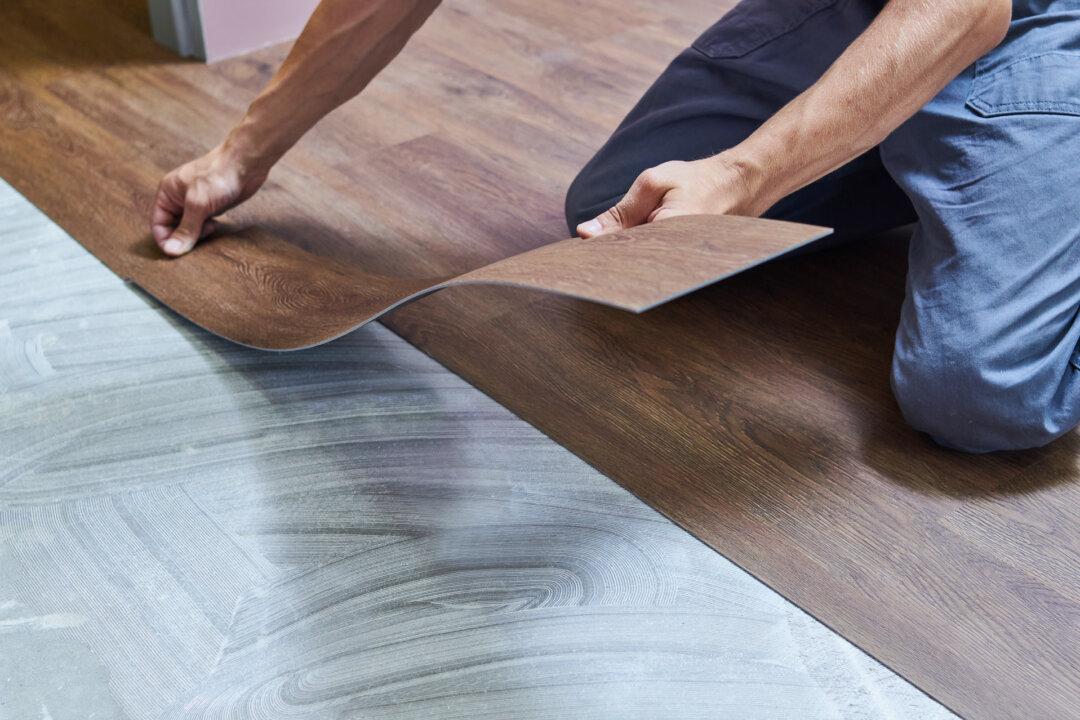Don’t be scared by soldering. The actual process uses capillary action, similar to the way plants draw moisture through their roots. It is really kind of fun to watch. When the pipe gets hot and the solder melts, the capillary action draws it into the joint.
Plumbing work with copper is one task that requires planning before attempting to solder any of the pipes. Cut and bend all the pipes and carefully fit them together first.
Cut the pipe with a simple, safe tubing cutter that you spin around the pipe. Each time you spin it around, tighten it a little more until it cuts through. Go slow at first until you develop a feel for using it. Don’t get discouraged if you crush your first, second, or third piece. You will catch on to it eventually.
After fitting, take the pieces apart. Cleanliness and surface preparation is important for the capillary action to work properly. Don’t start this task if you are rushed for time, because you will just end up spending twice as long redoing it. I know from experience.
Use plumber’s sand cloth or fine sandpaper to clean off the end of the pipe. It should be bright when you are done. Be careful if you are using sandpaper to not remove much material. If the joint between the fitting and the pipe is loose, the solder will not draw properly.
Take a fitting brush and clean the inside surface of the fitting, where the pipe slides in, until it is bright. Blow out any dust and slide the fitting over the end of the pipe. It should be a nice snug fit.
At this point, I always lay a couple of sheets of aluminum foil under the area where I plan to solder. Once you solder a piece or two, you will not have problems, but the first time, some hot solder may drip down. The foil helps protect the floor.
Open the small tin of paste flux and spread a thin coating on the end of the pipe and the inside of the fitting. When the flux gets hot during soldering, it chemically cleans the surfaces for a good bond. It isn’t dangerous to use, but keep it out of your eyes.
Now you are ready to solder. Put the fitting over the pipe and light the propane torch. Heat the fitting, not the pipe. The tiny blue flame inside the larger flame should touch the fitting. The flux will start to bubble. Don’t overheat it or you may burn the flux, making it ineffective.
Once the flux stops bubbling, usually about 20 seconds, touch the solder to the joint. It should begin to melt almost instantly. Remove the flame and watch the solder disappear into the joint. Apply the solder for five seconds maximum.
At this point, you can use a wire brush to clean off any excess molten solder that is hanging at the joint. This extra solder isn’t a problem, it just does not look like a professional job. Wait several minutes for the pipe to cool before turning on the water or you may blow out the solder.






